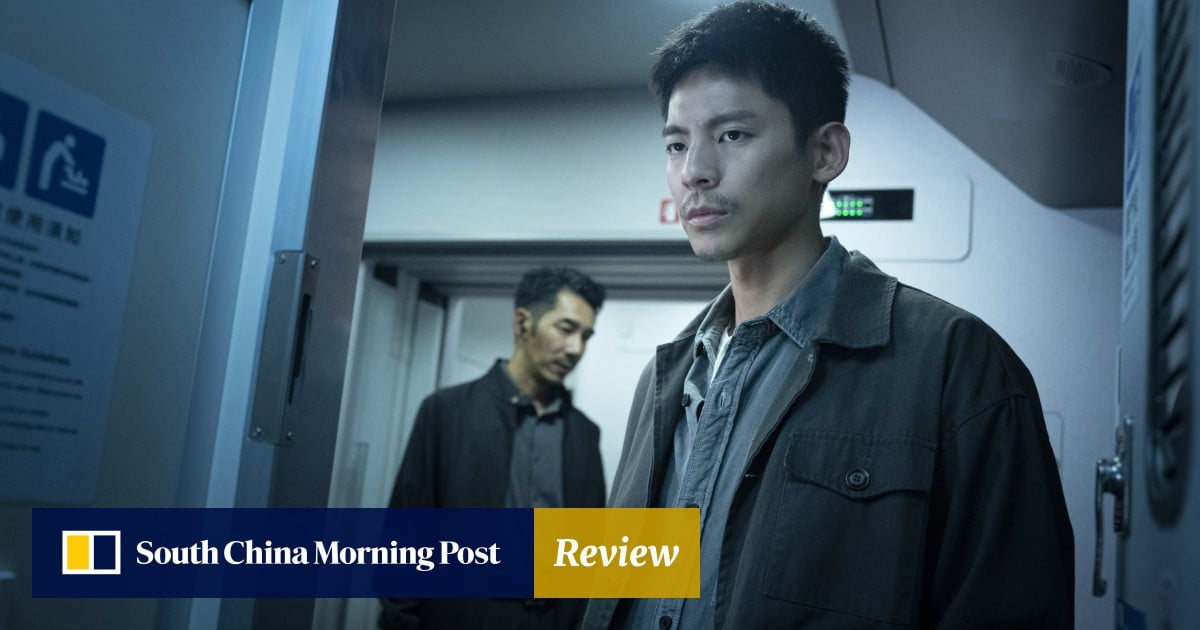The harbor in Portland, Maine, anchors the city — Photo courtesy of Maine Office of Tourism
Portland, Maine, is a coastal gem with a working seaport where you can breathe salty air, watch seagulls strut, and catch a ferry to one of Casco Bay’s lightly tread islands. The small New England city has a delectable culinary scene, fine art museum, and walking trail that focuses on African-American history.
Craft breweries and a robust cocktail culture offer a windfall of potent potables. One-of-a-kind shops and do-it-yourself workshops add to the homespun vibe. Maine is tethered to the sea, so you’re never far from a lighthouse or lobster roll.
Portland draws tourists like a magnet, especially during the warm summer months. But plan your visit for shoulder seasons in winter, spring, or late fall and you’ll get into popular dining spots without a reservation, enjoy lower prices at hotels, and have plenty of room to roam.
Read on and see what to do and where to eat, drink, shop, and stay in Portland, Maine.
Hotels in Portland, Maine
 Stay steps from Crescent Beach at Inn by the Sea — Photo courtesy of Inn by the Sea
Stay steps from Crescent Beach at Inn by the Sea — Photo courtesy of Inn by the Sea
First, you’ll need a place to stay. Located in Cape Elizabeth only 7 miles from downtown, the Inn by the Sea lives up to its name with a wooden boardwalk to pretty Crescent Beach where you can watch the tide roll in. Borrow a bike and pedal to the Portland Head Light, Maine’s oldest lighthouse (and one of the best lighthouses in New England).
Yoga classes, nightly s’mores by the fire, and a mouthwatering menu of fresh seafood served at the Sea Glass are perks. Rooms are the definition of simple, seaside elegance. If you’re traveling with a furry friend, it’s super dog-friendly.
If you prefer to stay in the center of town, nautical decor exudes a sense of place at Cambria Hotel Portland Downtown Old Port. Guest rooms are spacious and modern, and it’s walking distance from many of the city’s best attractions.
Things to do in Portland, Maine
 There’s a fine collection of Maine-centric paintings at the Portland Museum of Art — Photo courtesy of Maine Office of Tourism
There’s a fine collection of Maine-centric paintings at the Portland Museum of Art — Photo courtesy of Maine Office of Tourism
There’s plenty to do any time of year in Portland. The collection at the Portland Museum of Art leans contemporary but includes blue-chip works from Monet and Renoir to Warhol. Winslow Homer’s paintings depicting Maine maritime scenes are sublime, as are works by some of the world’s most influential photographers, including Diane Arbus and Richard Avedon. Kick off any weekend right with free admission on Fridays from 4-8 p.m.
Learn about Portland’s African-American history along the Portland Freedom Trail. This self-guided 2-mile trail sheds light on the Mainers who stood at the forefront of the fight against slavery. You’ll visit former safe houses that were important stops on the Underground Railroad, and the Mariner’s Church, once an anti-slavery bookshop, now home to several commercial businesses.
The trail winds by the Abyssinian Meeting House, once a center of life for Portland’s African-American community and the third oldest African-American meeting house that survives in America.
 Create your own Portland-inspired garden at Terrarium — Photo courtesy of Allison Tibaldi
Create your own Portland-inspired garden at Terrarium — Photo courtesy of Allison Tibaldi
For some hands-on fun, build DIY, glass-enclosed gardens at Terrarium. Let your imagination run wild as you select a vessel and fill it with rocks, soil, insects, and plants. This convivial space offers an assortment of board games and locally made snacks, encouraging visitors to get cozy.
In need of a vacation from your vacation? Relax at Washington Baths. Spend the day at the saunas, a hot tub, and a bracing cold plunge, and then stop for a bite after at the cafe. Open Thursday through Monday, a bathing suit is required in common areas.
Portland, Maine, restaurants
 Lobster rolls are a Maine treat not to be missed — Photo courtesy of Luke’s Lobster / Jenny Bravo
Lobster rolls are a Maine treat not to be missed — Photo courtesy of Luke’s Lobster / Jenny Bravo
There’s no doubt that food tastes better when ethically raised, and eco-conscious farms and fishing cooperatives dominate the scene in Portland.
Boat-to-table may be a trendy catchphrase, but the concept resonates at Luke’s Lobster. The flagship branch of this national chain lives on the Portland Pier, where you can watch the lobster boats roll in and out as you dine. Tourists and loyal locals come for the luscious lobster rolls, haddock bites served with house-made tartar sauce, and chowder bursting with briny clams.
Terlingua is a carnivore’s paradise that specializes in Texas-inspired barbecue. Their popular Dinner Board is a one-pound assortment of house-smoked meat served with rotating nightly sides and a hefty helping of yummy cornbread. Cocktails are top-notch, as is the menu of spirit-free beverages.
The pizza at Quanto Basta gives anything you’d eat in Naples, Italy, the birthplace of pizza, a run for the money. Chef-owner Betsy English developed a passion for naturally leavened dough in Italy. After her stint in Europe, she moved to Portland and opened a pizza food truck in a vintage car. The brick-and-mortar location blends the simplicity of Italian cooking with seasonal, local ingredients.
To really get a sense of the Portland culinary scene, take an Old Port Culinary Walking Tour and eat like a local.
Where and what to drink in Portland
 Great beer and sustainability are on tap at the Maine Beer Company — Photo courtesy of Maine Beer Company
Great beer and sustainability are on tap at the Maine Beer Company — Photo courtesy of Maine Beer Company
Beer and spirits fly high in Portland. Hardshore Distilling Company’s flagship spirit, Hardshore Original Gin, is the essence of locavore, made from family-grown grain and water from nearby Sebago Lake, with rosemary and mint adding zing. The tasting room is a welcoming spot to sample gin cocktails as you mingle with locals.
There are plenty of taprooms to explore in Portland. Shipyard Brewing Company, nestled along the Old Port’s cobblestone streets, has a fantastic blueberry beer. In the East Bayside neighborhood, Rising Tide Brewing Company uses local ingredients to make small-batch beers, such as Maine Island Trail Ale, a refreshing session IPA with a hint of pine.
Devoted hophead should drive 30 minutes to Freeport, where the Maine Beer Company sustainably makes great beer. Try a flight or the original Peeper, a balanced pale ale that pairs perfectly with their homemade pizza.
Where to shop in Portland
 The Cheese Shop of Portland has everything you need for a picnic — Photo courtesy of Allison Tibaldi
The Cheese Shop of Portland has everything you need for a picnic — Photo courtesy of Allison Tibaldi
Independently owned stores clustered along hip Washington Avenue are worth exploring. The Cheese Shop of Portland sells a curated assortment of farmhouse cheeses, charcuterie, fresh bread, and other goodies that would make an inviting picnic. The staff lets you sample anything that catches your eye. Book one of their informative workshops and pass Cheese 101 with flying colors.
For an adorable selection of handmade children’s clothing and vintage toys, stop by Starry Eyes. For kitchenware and a terrific collection of international cookbooks, stop at Strata. You can watch the experts sharpen and repair knives or learn how to do it yourself when you take a hands-on class.




























